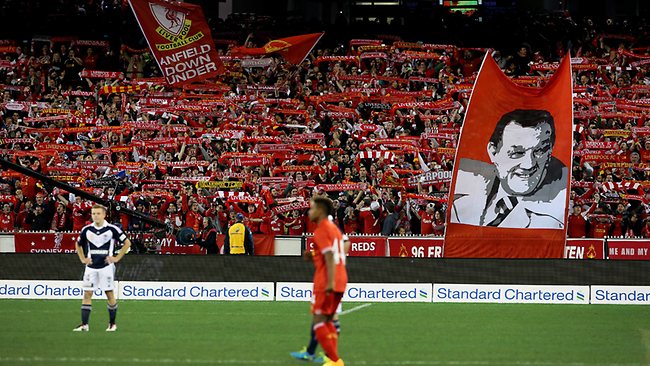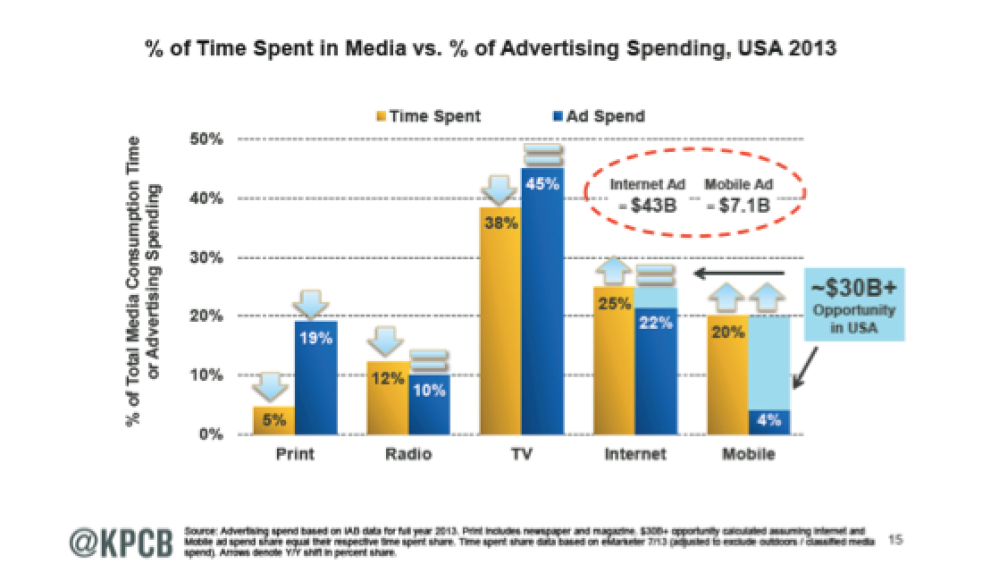Australians are obsessed with sport and through sport Australia has established itself in the world, separate itself from England and gained new business opportunities.
Back in November 2012, the Football Federation Australia (FFA) announced a four-year television deal worth $40 million per season, four-year deal, which expires at the end of June 2017, allowed Fox Sports to show all matches live. SBS has rights to show one Friday match live each week and the finals series on delay.
Last year, Football Federation Australia were confident they could secure a large increase in the value of the rights, potentially $80 million per year in the next broadcast rights deal. Furthermore, in March 2016, FFA released its strategic plan for 2016-19 with a sharp focus on audience growth and fan engagement in order to drive commercial revenue.
Therefore, David Gallop signed Tim Cahill as the Guest Marquee Player because Gallop believed Tim Cahill can bring fans to the stadium, improve Television ratings. On the weekend, Tim Cahill did just that! Cahill’s unbelievable goal from outside the box in his Melbourne City debut on Saturday night went viral on digital platforms and media around the world. This provided the A-League with much needed earned media in this extremely competitive football code industry. In addition, two rounds into the season, A-League crowds are already up 33% and television ratings are up 44%.
In the interest of audience growth and fan engagement, it is critical for our football games to be on “free to air” channel e.g. Channel 7. This will generate awareness and build attraction among non-football fans because sporting fans will be available to watch the football games on their television or mobile devices without a pay-tv subscription. Through the entertainment and unpredictability of the football games, it will create audience growth for the A-League. Sporting fans will enhance their attraction toward a certain team because of their team performance on-the-field or off-the-field. Furthermore, generate more fan engagement with the A-League club and their supporters since the game is more accessible.
In 2013, Network Ten paid $100 million for BBL Broadcasting rights over five years. Earlier this year, BBL crowned Australia’s best rating competition. Boasting a national average audience of 1.1 million viewers on Network Ten, the BBL has soared above the Australian Football League and National Rugby League, who average 804,000 and 887,600 per match on free-to-air television respectively. This number will decrease when the A-League is on free-to-air and is competing with BBL for viewers time and match attendance.
On 2 January 2016, the BBL single match attendance record was surpassed, with a crowd of 80,883 watching the Melbourne derbies between the Melbourne Stars and the Melbourne Renegades at the Melbourne Cricket Ground.












